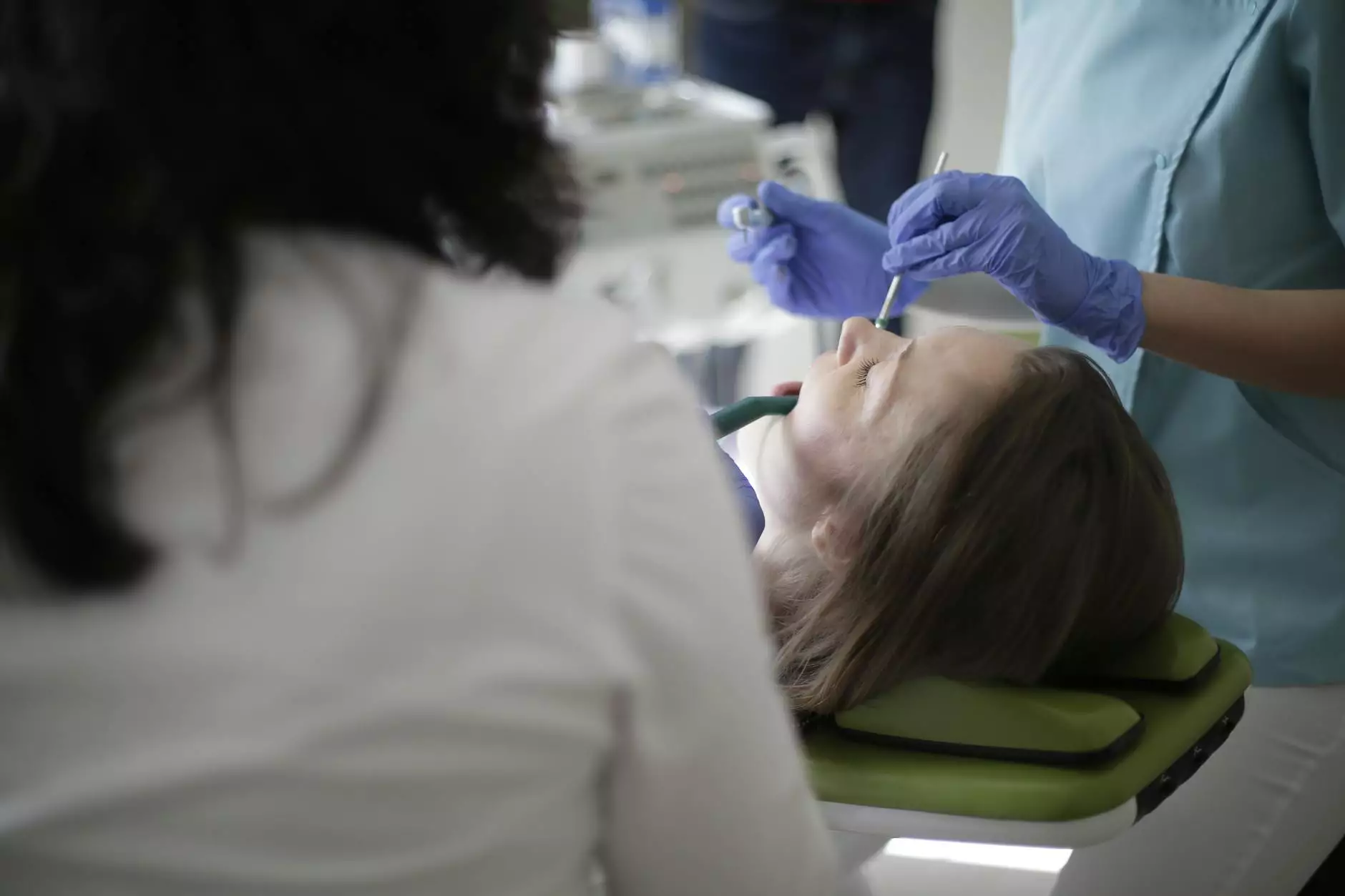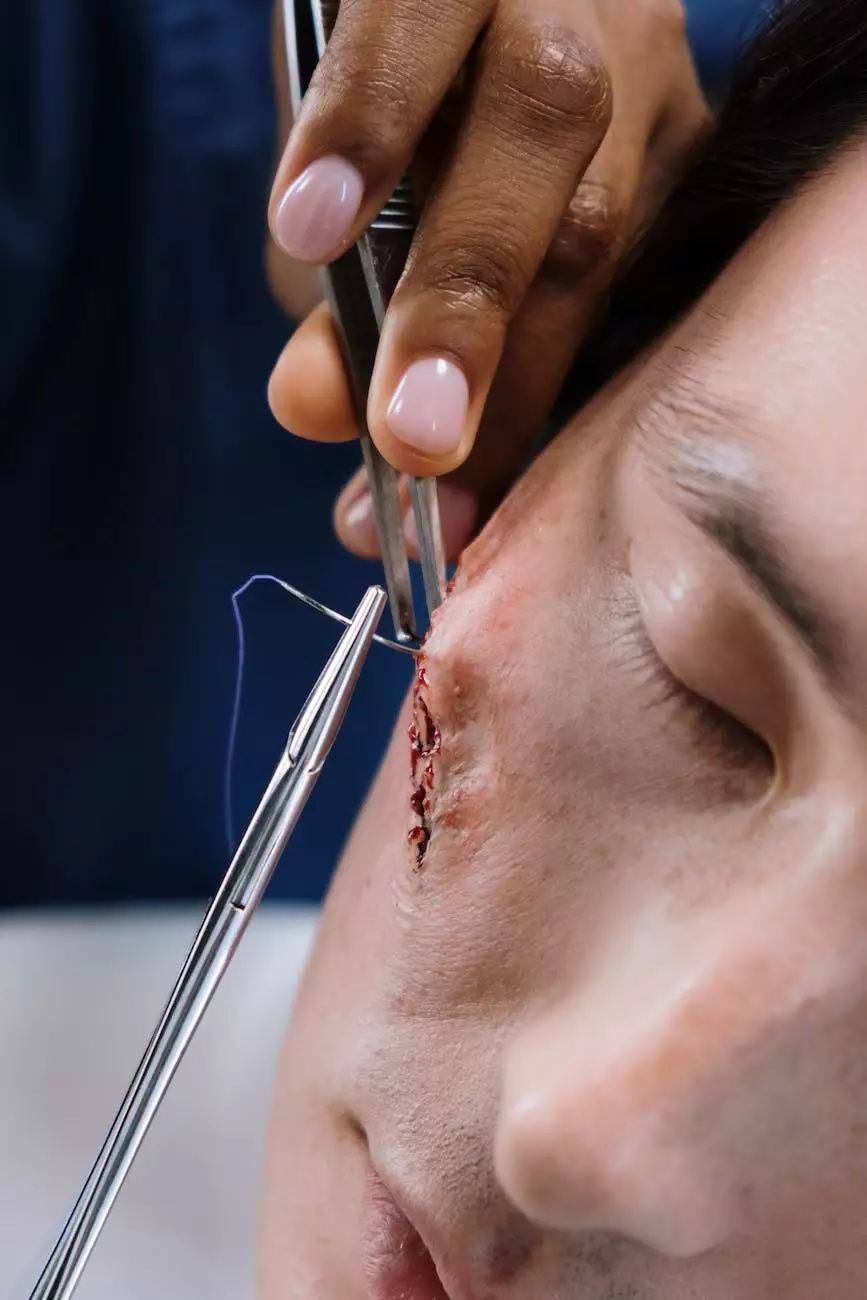Pink Eye (Infectious Conjunctivitis)
Emergency Response
What is Pink Eye?
Pink eye, also known as infectious conjunctivitis, is a common eye condition that causes inflammation and redness of the conjunctiva, the clear tissue that lines the inside of the eyelid and covers the white part of the eye. It is highly contagious and can spread easily in environments such as schools, daycare centers, or offices.
Symptoms of Pink Eye
The symptoms of pink eye can vary but often include:
- Redness in the white of the eye and inner eyelid
- Itching and burning sensation in the eye
- Excessive tearing
- Swollen eyelids
- A gritty feeling in the eye
- Discharge from the eye, usually clear or yellowish
- Sensitivity to light
If you or your child experience any of these symptoms, it is important to seek medical attention for an accurate diagnosis and appropriate treatment.
Causes and Risk Factors
Pink eye can be caused by various factors:
- Viral Infection: Viruses, such as the common cold or flu, can cause viral conjunctivitis.
- Bacterial Infection: Bacteria, including Staphylococcus aureus or Streptococcus pneumoniae, are common culprits of bacterial conjunctivitis.
- Allergies: Allergens like pollen, dust, or pet dander can trigger allergic conjunctivitis.
It is essential to avoid direct contact with infected individuals or contaminated surfaces to prevent the spread of pink eye. Proper hand hygiene, especially frequent handwashing, can significantly reduce the risk of transmission.
Treatment Options
The appropriate treatment for pink eye depends on the underlying cause:
- Viral Conjunctivitis: Antiviral medications are generally not prescribed, and the infection will typically resolve on its own within one to two weeks. Cold compresses and over-the-counter eye drops may help alleviate symptoms.
- Bacterial Conjunctivitis: Antibiotic eye drops or ointments are often prescribed to treat bacterial conjunctivitis. It is crucial to follow the prescribed treatment regimen and complete the full course of antibiotics to ensure complete eradication of the infection.
- Allergic Conjunctivitis: Avoiding allergens is the primary approach. Over-the-counter or prescription allergy medications may provide relief from symptoms. Cold compresses and artificial tears can also help soothe the eyes.
It is important to consult with a healthcare professional, such as Richard Martinez, MD, for an accurate diagnosis and appropriate treatment plan tailored to your specific case.
Prevention and Self-Care
To reduce the risk of contracting or spreading pink eye, consider the following preventive measures:
- Practice good hand hygiene by washing your hands frequently with soap and water.
- Avoid touching or rubbing your eyes, as this can transfer bacteria or viruses from your hands.
- Avoid sharing personal items such as towels, cosmetics, or contact lenses.
- Keep your environment clean and disinfect frequently touched surfaces.
- If you or your child has pink eye, stay home from work, school, or daycare until the symptoms improve and you are no longer contagious.
When to Seek Medical Attention
While most cases of pink eye can be managed at home, you should seek medical attention if:
- The symptoms worsen or persist beyond a week.
- You experience severe eye pain or vision changes.
- You have a weakened immune system or pre-existing eye conditions.
- You suspect your newborn has pink eye.
Do not hesitate to contact Richard Martinez, MD, or any medical professional, to receive proper evaluation and guidance regarding your pink eye condition.
Conclusion
Pink eye, or infectious conjunctivitis, is a common eye condition with various causes, including viral infections, bacterial infections, or allergies. It is essential to recognize the symptoms, understand the treatment options, and take preventive measures to avoid its spread. By following proper hygiene practices and seeking medical attention when necessary, you can effectively manage pink eye and promote a speedy recovery.




